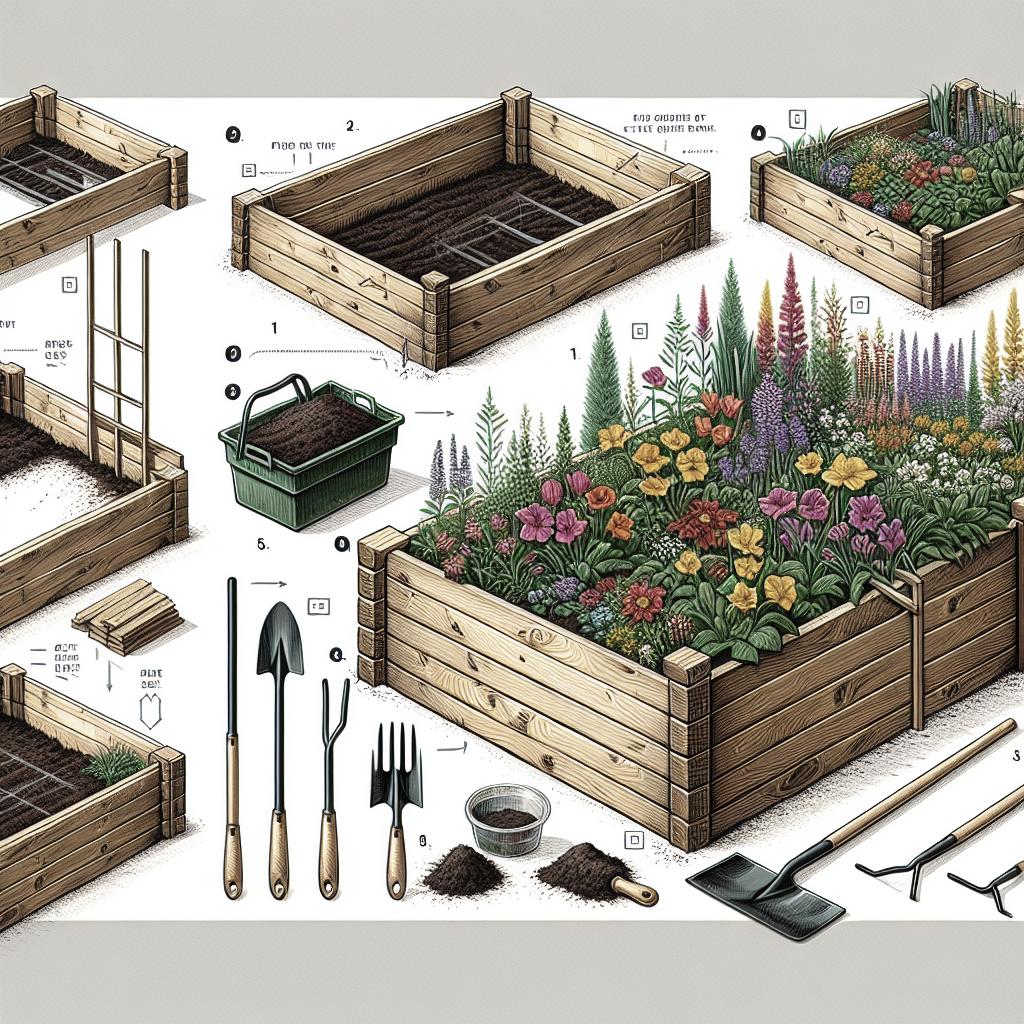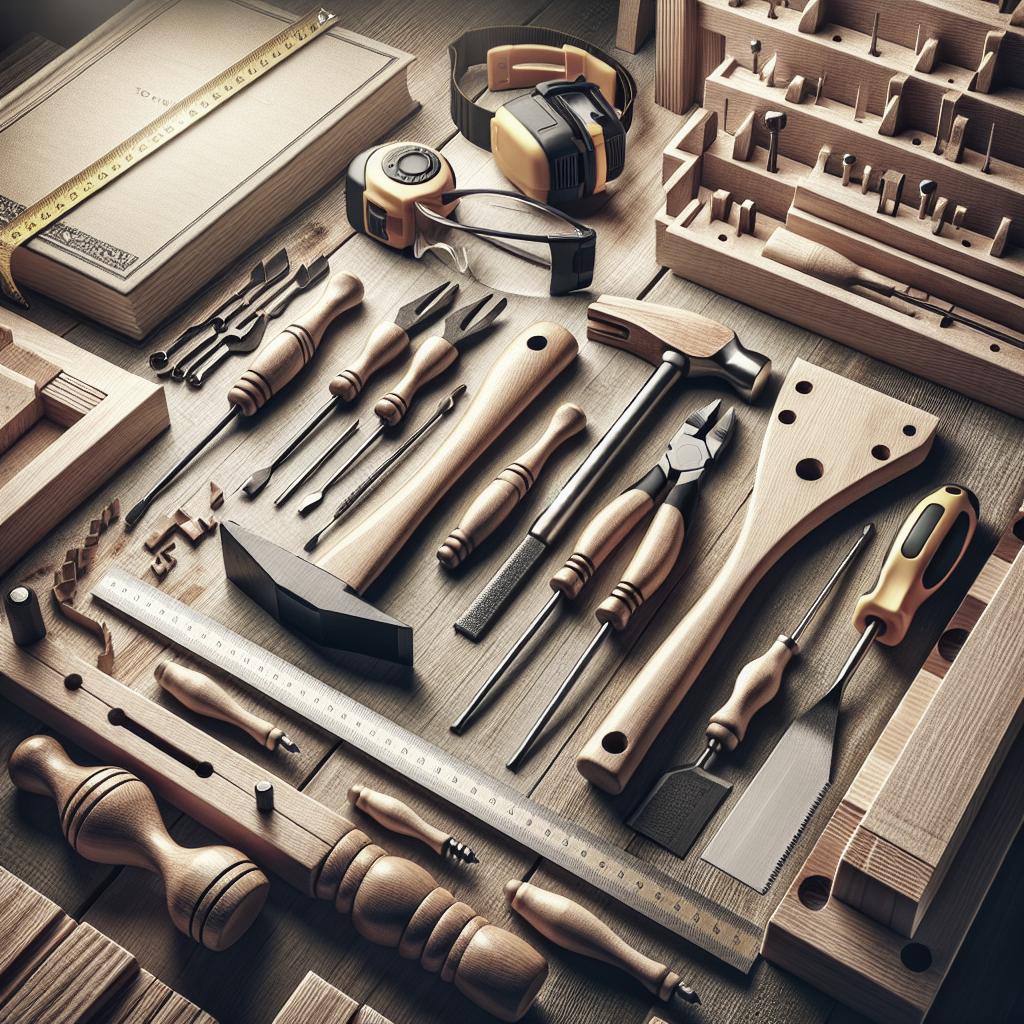“`html
How to Install Crown Molding
Crown molding is a classic way to add elegance and character to any room. It serves as a decorative architectural feature where the wall meets the ceiling, often creating the illusion of a taller and more sophisticated space. This blog post will guide you through the process of installing crown molding, including steps such as measuring, cutting, and securing the molding in place, followed by finishing touches with caulk for a professional look. Whether you’re a seasoned DIY enthusiast or a beginner looking to enhance your home, these step-by-step instructions and tips are here to ensure your crown molding project is a success.
Related To:
Crown molding is commonly related to interior design and home improvement projects, providing a refined edge to ceiling lines. It ties in beautifully with themes such as classic architecture, modern transformations, and visual enhancement strategies. Whether intended for a living room, dining area, or even a bedroom, crown molding can enrich almost any space. Understanding the nuances of cutting, fitting, and installing can empower you to transform your home with confidence.
Measure & Mark
How to Install Crown Molding: Measure and Mark
Measuring and marking accurately is the cornerstone of a successful crown molding installation. Start by determining the perimeter of the ceiling where the molding will be placed. Use a tape measure to assess the length of each wall, making note of any irregularities or features like window casings or door frames that might require special attention. Precision is key; miscalculations can lead to costly mistakes.
Once measurements are secured, use a pencil to mark where the bottom edge of the crown molding will sit along the wall, ensuring your lines are level. This step often involves using a chalk line to maintain accuracy across the room, providing a reference that helps ensure the crown molding aligns perfectly during installation.
Cut the Molding
How to Install Crown Molding: Inside Corner Cut
Inside corner cuts can be challenging, but they are essential for a seamless fit. Begin by positioning the molding upside down in the saw, then set the bevel and miter angles appropriately—usually around 45 degrees. This process involves coping one piece by hand using a coping saw, which allows for a snug fit against its partner piece.
Practice patience with this step, as the tight fit of inside corners can significantly enhance the overall appearance. Test-fit pieces before final cuts are made, ensuring each piece aligns perfectly along the marked lines. Adjust as necessary, keeping in mind that minor imperfections can often be adjusted later with caulk.
How to Install Crown Molding: Outside Corner Cut
Unlike inside corners, outside corners require two pieces of molding to join at an outward angle, necessitating precise angled cuts. Set your miter saw to cut at the desired angle, typically also around 45 degrees, depending on the specific profile of your crown molding.
It’s crucial to check the corner’s squareness—what might appear to be a perfect 90-degree angle could vary slightly in older homes. Test-fit the pieces on these angles and make adjustments accordingly to ensure a seamless junction that runs flush along the wall and ceiling.
How to Install Crown Molding: Scarf Joint
Long walls may require multiple sections of crown molding, which means joining them seamlessly with a scarf joint. This involves cutting both pieces at opposite 45-degree angles before overlapping them. The purpose of the scarf joint is to create an almost invisible seam on a continuous run of molding.
Alignment is crucial in this step; the slightest shift can result in noticeable gaps. Use wood glue in addition to nails to secure the joint tightly. The glue will ensure that the connection remains sturdy and prevents movement or separation over time.
How to Install Crown Molding: Cut the Molding
With the implementation of your miter saw, make sure each piece of crown molding is correctly positioned before cutting. It’s articulated through a delicate balance of angles that maintain the alignment of edge and pattern. Always confirm your numbers before any cut—a lesson that becomes one through experience, saving both time and materials.
When dealing with numerous pieces, it can be helpful to mark each section according to its intended location in the room. Keeping all necessary tools and materials organized will enhance both the speed and efficiency of your work, reducing the need for re-cuts or adjustments later on.
Nail in Place
How to Install Crown Molding: Nail in Place
With your perfectly cut pieces of molding, begin the installation process by nailing the molding into place. For ultimate security, a combination of finishing nails and a pneumatic nail gun can be used. This ensures that the molding adheres snugly to the wall, without risk of falling over time.
Work with a partner if possible to maintain alignment as you nail each piece into place, checking to ensure that no shifts have occurred since marking your lines. Start nailing from one end, and continue until the entirety of the piece is secured, periodically re-checking that the angles maintain a clean line.
Caulk
How to Install Crown Molding: Caulk
Caulking is the finishing touch that enhances the seamless appearance of crown molding. Caulk fills in small gaps and imperfections between the molding and wall or ceiling. Choose a paintable caulk and use a caulk gun to apply a thin, even bead along all edges where trimming meets other surfaces.
After applying the caulk, smooth it with a damp finger or a caulking tool to ensure a neat finish. Allow it to dry completely before painting, if desired, for a crisp, clean look that solidifies the professional feel of your project. Proper caulking ensures your molding looks cohesive, eliminating shadow lines or gaps.
Next Steps
| Step | Description |
|---|---|
| Measure & Mark | Begin by measuring the perimeter of your space and marking where the crown molding will go. Ensure all lines are level for proper alignment. |
| Cut the Molding | Carefully cut the molding using a miter saw for inside and outside corners. Use scarf joints for continuous runs on long walls. |
| Nail in Place | Use finishing nails and, if available, a nail gun to secure the molding in its marked position along the wall and ceiling. |
| Caulk | Finish by applying paintable caulk to fill small gaps, ensuring seamless transitions between surfaces. |
“`


